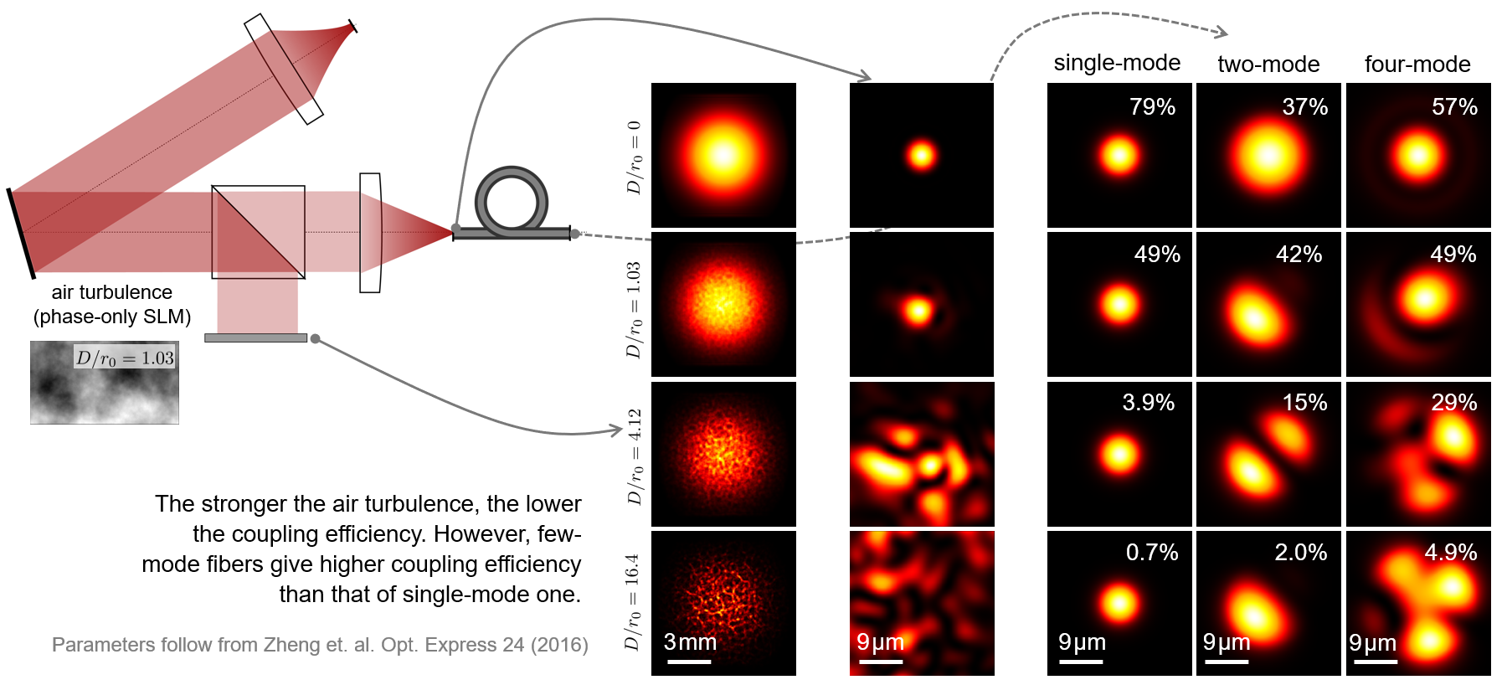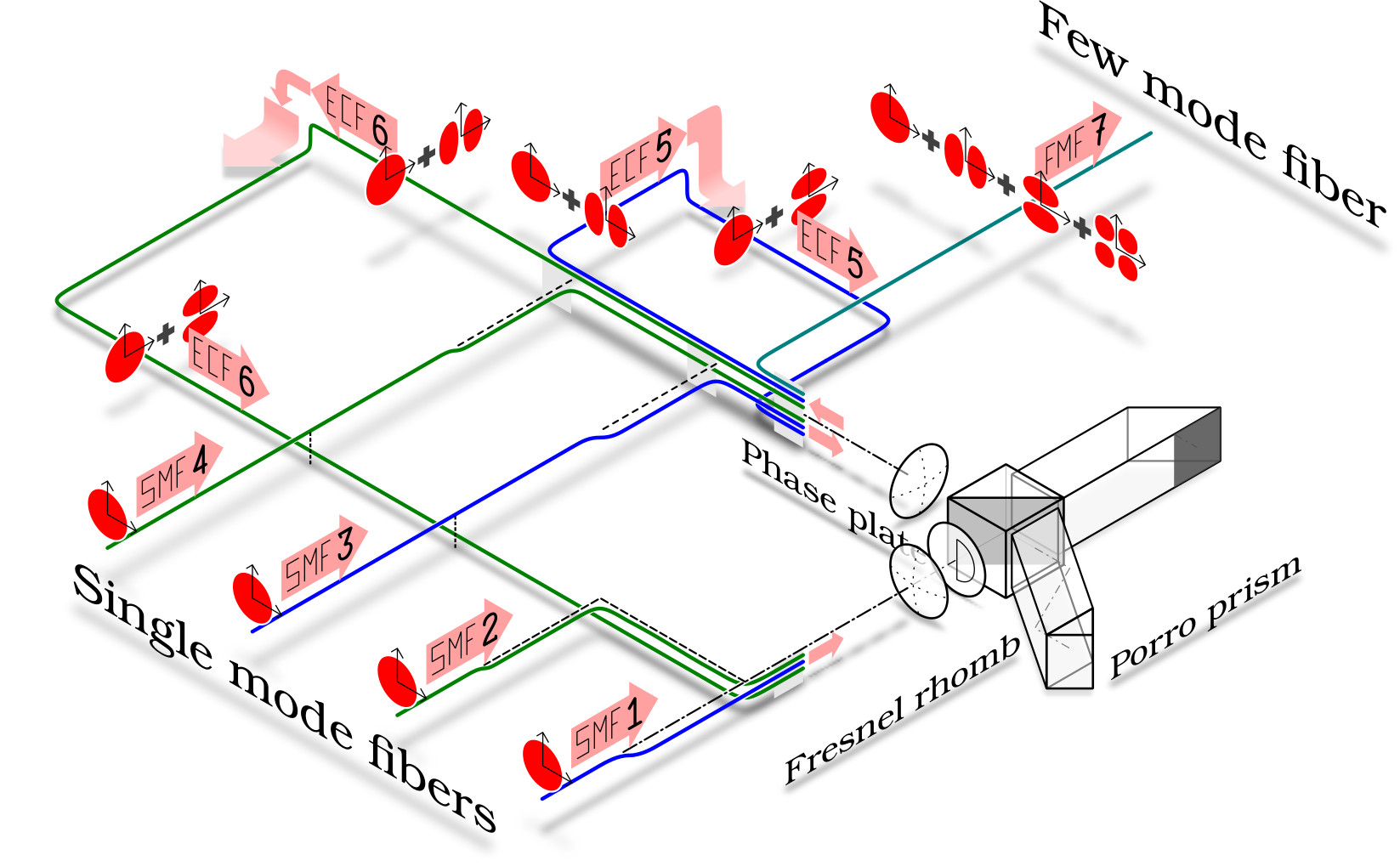Contents

Source: LightTrans
Understanding Few-mode Fibers in Photonics
Few-mode fibers represent a significant category within the realm of optical fibers, bridging the gap between single-mode and multimode fibers. These fibers are gaining traction in various applications, particularly in telecommunications, due to their unique properties and capabilities.
What are Few-mode Fibers?
Few-mode fibers are optical fibers that support a limited number of guided modes, typically ranging from 2 to about 20. The concept of modes in fiber optics refers to the distinct paths that light can take as it travels through the fiber. Each mode is characterized by a unique spatial distribution of the electromagnetic field.
Counting Modes in Few-mode Fibers
The number of modes a fiber supports is determined by its design, including its core diameter and refractive index profile. In few-mode fibers, modes are often described using the LP (linearly polarized) mode notation. For instance, a six-mode fiber might contain modes such as LP01, LP11, LP21, and others. When accounting for polarization and orientation, the actual number of modes can be much higher.
Applications and Advantages
Telecommunications
Few-mode fibers are particularly advantageous in telecommunications, where they are used to increase the transmission capacity of fiber-optic links. This is achieved through mode division multiplexing, a technique that utilizes multiple modes to carry different data streams simultaneously. This approach can significantly enhance the data throughput compared to traditional single-mode fibers.
Fiber-optic Sensors
In addition to telecommunications, few-mode fibers are also employed in fiber-optic sensors. The presence of multiple guided modes allows for multi-parameter sensing, providing a versatile tool for various industrial and scientific applications.
Challenges and Considerations
Nonlinear Effects
While few-mode fibers offer numerous benefits, they also present challenges, particularly related to nonlinear effects. These effects, such as cross-phase modulation and stimulated Brillouin scattering, can impact the performance of the fiber, especially in high-power applications.
Mode-dependent Gain
In active few-mode fibers, mode-dependent gain is a critical consideration. Different modes may experience varying levels of amplification, leading to power imbalances. Optimizing fiber design and employing techniques like cladding pumping can help mitigate these issues.
Conclusion
Few-mode fibers are a fascinating area of study within photonics, offering both challenges and opportunities. Their ability to support multiple modes makes them invaluable in enhancing communication systems and developing advanced sensors. As research and technology continue to evolve, the potential applications of few-mode fibers are likely to expand, further solidifying their role in the future of optical technologies.

Source: MDPI
Feel free to comment your thoughts.



